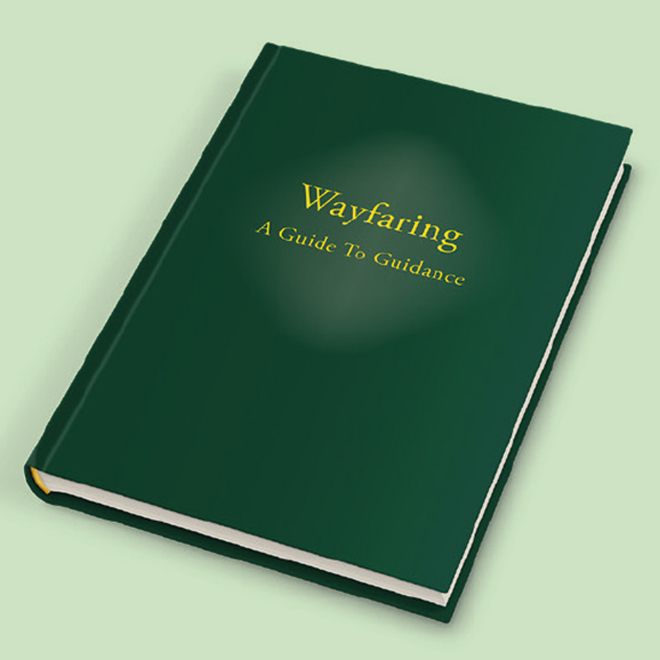Welcome singing. Photo: Photos: Alan Ray-Jones.
Los Amigos, Cuban style
Alan Ray-Jones recalls a fascinating visit with Cuban Quakers
Cuban Quakers (Cuaqueros) sit in rows facing forwards in a building that may look very like a church. They not only have programmed meetings, but they sing. They sing a lot. ‘We are Latins, we have to sing,’ one said.
